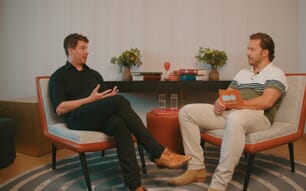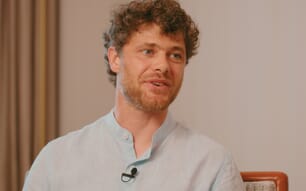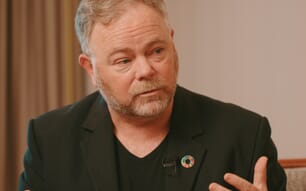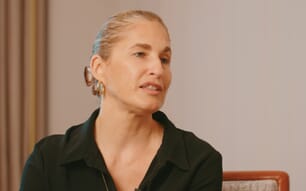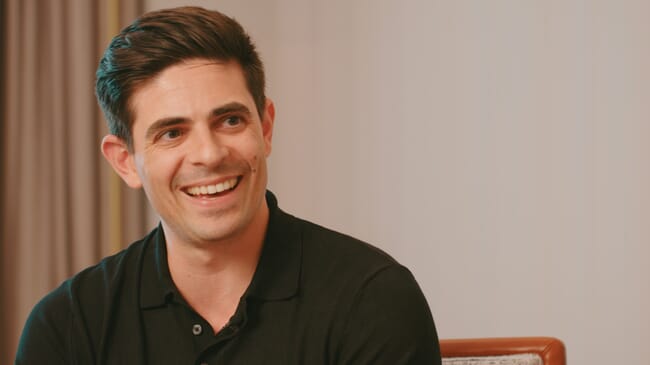
The company's main focus is now on the salmon farming sector
The interview is part of a new series filmed by The Fish Site’s media team at dsm-firmenich’s recent Global Aqua Days event in Athens. And, in it, Costatino discusses practical steps for farmers to make the most of the data they're collecting with The Fish Site’s Moritz Mueller.
As Costatino explains, he co-founded Manolin after an impromptu oyster farm tour on the Chesapeake Bay inspired him to build software to help farmers manage inventory and predict harmful algal blooms, a goal that has since inspired him to move to Norway – the heart of the salmon industry.
While the Manolin* team initially focused heavily on data collection, surpassing their goal of covering 20 percent of Norway’s salmon industry within three years, the real breakthrough came when they shifted from simply gathering information to transforming it into actionable business insights and the company now positions itself as a "risk intelligence platform" for aquaculture.
Users feed in vast streams of farming data – everything from oxygen. salinity and parasite levels to fish behaviour. Manolin then aggregates, cleans and enriches this data to provide predictive analytics. Farmers can forecast disease risks, anticipate growth rates, and test the likely outcomes of interventions such as vaccines or feed changes.
With salmon farming now generating minute-by-minute data through sensors and cameras, Costantino argues that the sector is edging closer to true “big data” – unlocking possibilities such as real-time root cause analysis, where farms could receive early warnings of emerging issues, based on historical patterns.
Despite the progress, he notes that hurdles remain. Feed formulation data, for example, often sits fragmented across PDFs, spreadsheets and paper records, limiting industry-wide analysis. Costatino believes better record management is essential, enabling correlations between farm practices and long-term outcomes.
Species beyond salmon present further complexities. While salmon farming generates high-value margins that justify sophisticated technologies, sectors like shrimp or sea bream often operate on tighter margins. Costatino argues that cheaper, fit-for-purpose hardware and industry collaboration will be key to extending these tools to smaller-scale farmers. Subsidies and insurance incentives could also play a role in driving adoption.
For farms considering technology adoption, Costatino recommends three simple steps:
- Start recording key data – particularly mortality rates and stocking details.
- Learn basic analysis tools, such as Excel, to draw initial insights.
- Only then engage with technology providers to avoid mismatched solutions.
* Manolin is part of Hatch Blue's investment portfolio, but The Fish Site retains editorial independence.

